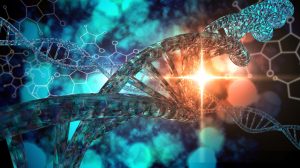Hexapoda
(Science: zoology) The true, or six-legged, insects; insects other than myriapods and arachnids.
The hexapoda have the head, thorax, and abdomen differentiated, and are mostly winged. They have three pairs of mouth organs, viz, mandibles, maxillae, and the second maxillae or labial palpi; three pairs of thoracic legs; and abdominal legs, which are present only in some of the lowest forms, and in the larval state of some of the higher ones. Many (the Metabola) undergo a complete metamorphosis, having larvae (known as maggots, grubs, caterpillars) very unlike the adult, and pass through a quiescent pupa state in which no food is taken; others (the Hemimetabola) have larvae much like the adult, expert in lacking wings, and an active pupa, in which rudimentary wings appear. See insecta. The hexapoda are divided into several orders.
Origin: NL, fr. Gr. Six – -poda.
Dictionary > Hexapoda
You will also like...

Ecosystem Succession
If the balance of nature is left untouched, landscapes can change dramatically over time. A previous ecosystem is supers..

Abiotic Factors – Water Conditions
A still body of water may be disturbed by a variety of factors. One of them is wind. In fact, it is considered as the pr..

Sensory Systems
A sensory system is a part of the nervous system consisting of sensory receptors that receive stimuli from the internal ..

Psychiatry & Mental Disorders
Different mental disorders are described here. Read this tutorial to get an overview of schizophrenia, affective mood di..

Evolution of Life – Ancient Earth
Autotrophs flourished, absorbing carbon and light. Soon after, primitive life forms that could assimilate oxygen thrived..

Sugar Homeostasis
The blood sugar level is regulated by two hormones. The mechanism behind this type of negative feedback control is descr..

